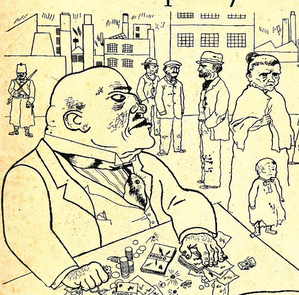
Portraits of Fantasy, Portraits of Fashion
Here we have a dynamic, not only of a new image culture of fashion and its free-wheeling play with different genres and image forms, but also of the operations of a new phase of capitalist development gaining ground in the early nineteenth century – particularly with regard to the development, production, and distribution of semi-luxury consumer commodities.











